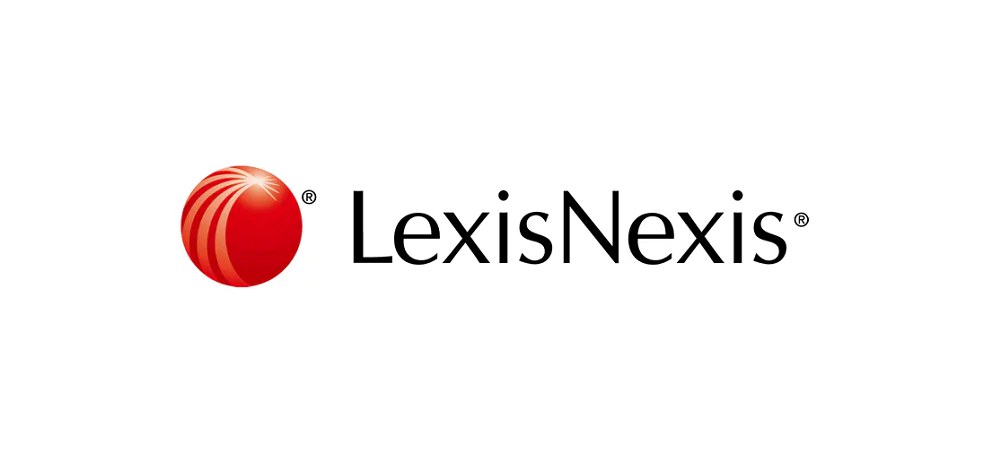
LexisNexis® Risk Solutions has released its biannual Cybercrime Report, which tracks global cybercrime activity from January 2020 through June 2020. The report analyzes how the COVID-19 pandemic has impacted the global digital economy, regional economies, industries, businesses and consumer behavior. The period has seen strong transaction volume growth compared to 2019 but an overall decline in global attack volume. This is likely linked to growth in genuine customer activity due to changing consumer habits.
The LexisNexis Risk Solutions Cybercrime Report analyzes data from more than 22.5 billion transactions processed by the LexisNexis® Digital Identity Network®, a 37% growth year over year. Mobile device transactions also continue to rise, with 66% of all transactions coming from mobile devices in the first half of 2020, up from 20% in early 2015. The Digital Identity Network® also notes an uptick in transactions from new devices and new digital identities. We attribute this to many new-to-digital consumers moving online to procure goods and services that were no longer available in person or harder to access via a physical store, during the pandemic.
The Asia-Pacific (APAC) region saw higher attack rates than the global average, 3% compared to 1.4% globally. Attack rates also grew during both April and May and experienced a large spike in June through an identity spoofing bot attack from the Philippines, which targeted a payment gateway. However, attack rates in APAC declined across all channels year over year. The only exception was a 9% growth in automated bot attacks in the region, although this growth is still lower than the global average of 13%.
APAC continues to experience higher attack rates than North America or EMEA. The Digital Identity Network found significant bot activity coming from Japan, India and Australia. They now rank fifth, seventh and eighth respectively as some of the largest originators of automated bot attacks by volume globally. Japan appears to be a particular hotspot: The country recorded the largest growth in bot attack originations year over year and is now one of the top ten largest contributors to human-initiated cyberattacks by volume.
Hyper-connected, networked fraud continues to be a key feature of attacks. One example of an Australian fraud network saw groups of fraudsters targeting the financial services, e-commerce and media sectors. This single network consisted of 2,400 devices, 3,700 email addresses and 1,500 telephone numbers, and at least $800,000 USD was exposed to fraud across the entire network.
Additional Key Findings from the LexisNexis Risk Solutions Cybercrime Report:
- Decline in Attack Rate – The overall human-initiated attack rate across the Digital Identity Network fell through the first half of 2020, showing a 33% decline year over year. The breakdown by sector shows a 23% decline in financial services and a 55% decline in e-commerce attack rates.
Latin America experienced the highest attack rates of all regions globally and realized consistent growth in attack rates from March to June 2020. The attack patterns in U.S., Canada and EMEA had less volatility and fewer spikes in attack rates during the six-month period observed. - Attack Vector Global View – Media is the only industry that recorded an overall year over year growth in human-initiated cyberattacks. The Digital Identity Network recorded the 3% increase solely across mobile browser transactions
Globally, automated bots remain a key attack vector in the Digital Identity Network. Financial services organizations experienced a surge in automated bot attacks and continue to experience more bot attacks than any other industry. - Across the Customer Journey – New account creations see attacks at a higher rate than any other transaction type in the online customer journey. However, the largest volume of attacks targets online payments. Login transactions have seen the biggest drop in attack rate in comparison to other use cases.
Analysis across new customer touchpoints in the online journey is included in this report for the first time, providing additional context on key points of risk such as money transfers and password resets. - During COVID-19 – All industries have felt the impact of COVID-19. There are clear peaks and troughs in transaction volumes coinciding with global lockdown periods. Financial services organizations realized a growth in new-to-digital banking users, a changing geographical footprint from previously well-traveled consumers and a reduction in the number of devices used per customer. There have also been several attacks targeting banks offering COVID-19-related loans.
E-commerce merchants have seen an increase in digital payments and several other key attack typologies that coincide with the lockdown period. These included account takeover attacks using identity spoofing and more first-party chargeback fraud.
“This is the first LexisNexis Risk Solutions Cybercrime Report to include data on the new reality of conducting business during a pandemic,” said Rebekah Moody, director of fraud and identity at LexisNexis Risk Solutions. “The move to digital, for both businesses and consumers, has been significant. Yet with this change comes opportunity for exploitation. Fraudsters look for easy targets: whether government support packages, new lines of credit or media companies with fewer barriers to entry. We need to ensure that all consumers, especially those who might be new to digital, are protected. Businesses must arm themselves with a layered defense that can detect the full spectrum of possible attacks and is future-proofed against evolving threats.”
“Fraudsters remain masters of disguise. They operate alone and in highly connected groups to build up huge networks of cross-industry and regional fraud. This is a particularly acute issue in the APAC region, where we see the highest global attack rates,” added Cameron Church, director of fraud and identity at LexisNexis Risk Solutions. “We must identify and block fraudsters – whether opportunists or highly networked fraud rings – the moment they transact. Knowledge sharing must be as pivotal to global businesses as it is to the cybercriminals that attack them.”
Download a copy of the LexisNexis Risk Solutions Cybercrime Report, January through June 2020.






